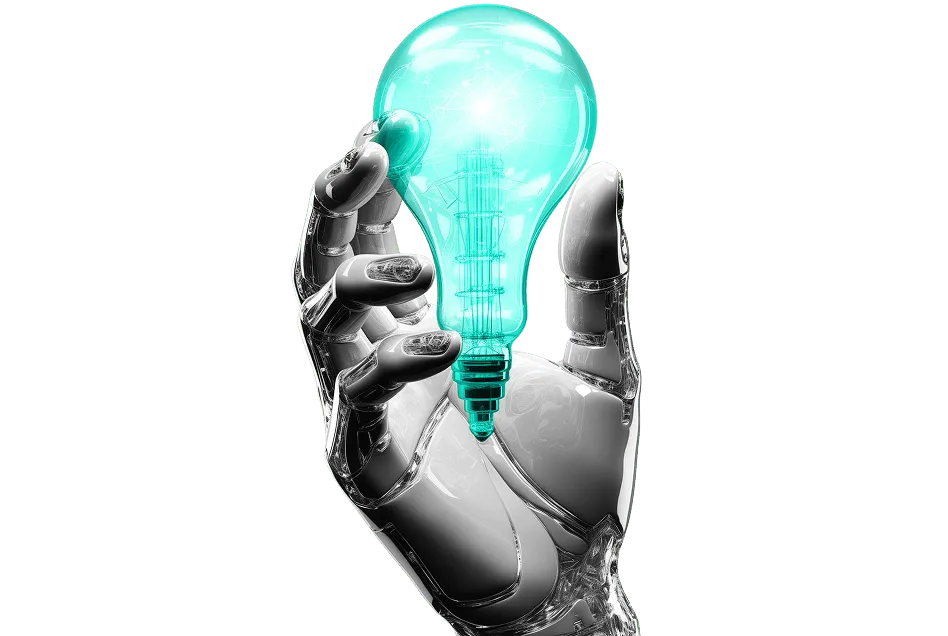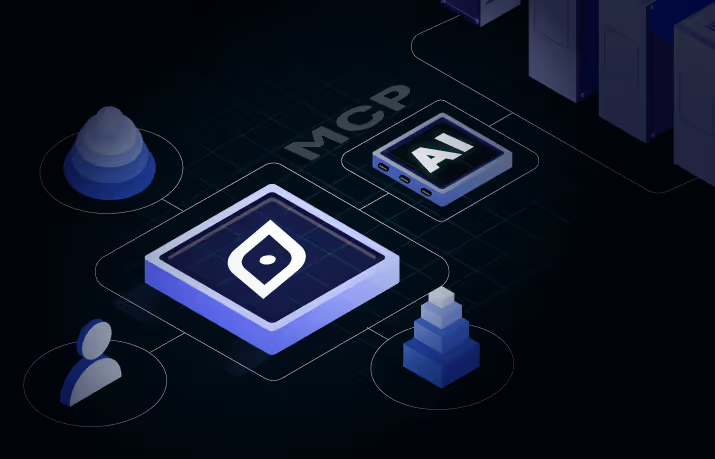Talent Intelligence: Disruptive Tools in Recruitment and Talent Acquisition
The future of work is here. Organizations worldwide are racing to add new technologies to their stack, helping them stay competitive in the changing world in response to the pandemic.
With the market becoming increasingly competitive, recruitment and talent acquisition teams bear the brunt of operating faster. They are always on their toes, adjusting strategies to respond to the fluctuating needs of hiring. In such scenarios, talent intelligence becomes imperative in supporting HR professionals to make better hiring decisions.
Why Recruitment and Talent Acquisition Need to Evolve in the Future of Work
Talent management teams face new obstacles that make recruitment and talent acquisition, as well as retention, much more daunting. We take a look at some of the most prevalent issues affecting most organizations today.
The aftermath of the pandemic: Losing out on jobs
The COVID-19 crisis led to massive layoffs. As many as 22 million jobs have been lost in advanced economies ever since the pandemic first struck. The crisis has challenged organizations to deliver meaningful employee experiences despite shrinking teams and limited human contact.
However, with vaccines ramping up in most countries, job hiring is predicted to return to pre-pandemic levels before the end of this year. And recruitment and talent acquisition teams are setting their sights on new acquisition strategies to improve their hiring efforts. Workforce planning teams are now embracing emerging technologies to help connect with potential hires to address this issue.
Video interviewing and virtual hiring events are becoming commonplace. A study reports that the importance of video interviewing to recruitment and talent acquisition professionals grew by 300% in a year. Recruiters are also keen on exploring other hiring technologies that provide constant access to data with the available talent pool.
Recruitment and talent acquisition for top talent
The demand for skilled talent is at an astronomical risk in many markets and industries. However, many companies operate without a standardized or analytical method in identifying high-performing candidates.
Recruitment and talent acquisition teams often still rely on archaic approaches like instincts and observations to identify high-potential employees. In contrast, some companies in this tech-driven world are leveraging innovative, non-traditional tools and methods to help identify potential candidates.
A report shows that 16% of employers utilize technologies to monitor their employees’ performance through virtual clocking and tracking computer usage.
Similarly, retaining this valuable talent pool also becomes an arduous process. Employees seek career growth opportunities, and without development programs, this talented group will be the quickest to leave. The most successful companies showing signs of recovery in times of crisis have launched reskilling and upskilling programs.
Diversity and inclusion: Combating recruitment bias
67% of job seekers consider a diverse workforce crucial when considering companies and job offers. Organizations are no stranger to the bias that exists. Studies have indicated that companies ranking better in ethical and racial diversity are 36% more likely to have financial returns above their industry peers’ medians.
Recruitment and talent acquisition teams understand that bias is a pressing issue, making them turn to HR training exercises and supporting their talent pipeline with AI-powered talent management tools. The role of artificial intelligence in mitigating human biases is unparalleled. Companies have come up with their own measures to implement diversity & inclusion. The most notable use-case is:
- Unilever’s approach to recruitment: The consumer goods company uses automated assessments and asynchronous video interviews to hire skilled, diverse college students. This is a shift from a human-backed approach that also has resulted in increased diversity and candidate satisfaction.
To practice equity at the workplace, organizations must make conscious efforts to close racial and gender gaps. While the aforementioned example of Unilever can be a sign of progress, there are several other organizations already taking positive steps towards removing recruitment bias.
The adoption of artificial intelligence in recruiting processes is helping recruitment and talent acquisition teams make smarter decisions and yield significant recruitment ROI to a company.
The challenges mentioned above pose a threat to recruitment and talent acquisition, but talent intelligence platforms like Draup can mitigate such issues with their proprietary tools
Draup’s Diversity Navigator empowers HR professionals in elevating the career path of the underrepresented talent pool, thus helping achieve diversity & inclusion. Also, with the assistance of the Reskilling Navigator tool, minority talent can be reskilled in emerging areas that are in sync with their existing skillsets.










.svg)
















.svg)





.svg)





.svg)
